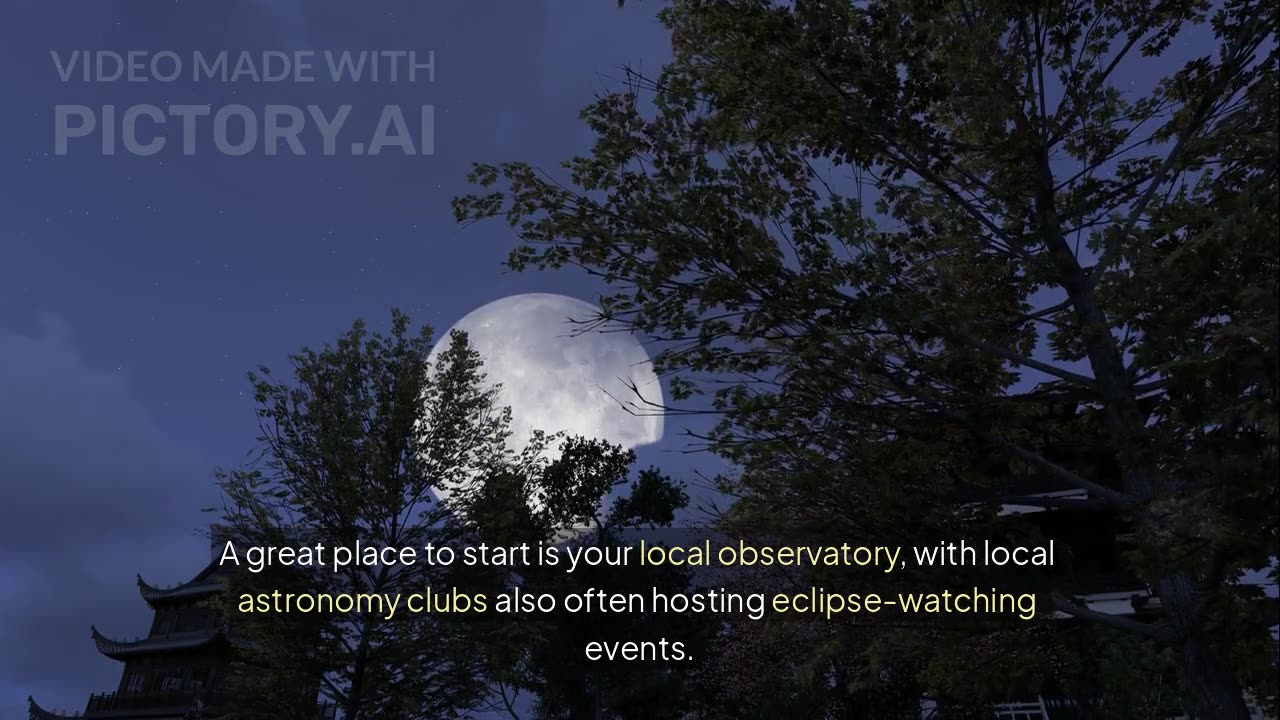Premium Only Content

Blood Moon 2025
Ultimate Viewing Guide To North America’s Total Lunar Eclipse.
Topline North America is about to be in prime position for the first total lunar eclipse since November 2022. Also called a “blood moon” because of the reddish hue the moon takes on during totality, the total lunar eclipse on March 13-14, 2025, is North America’s only total lunar eclipse of the year.
Key Facts
The total lunar eclipse on March 13-14, 2025, will be visible across North and South America, with prime viewing conditions in the U.S., Canada and Mexico, as well as in South America. The entire eclipse will last 366 minutes, but totality — the most dramatic phase, during which the moon will turn red — will last approximately 65 minutes.
Light pollution will restrict views of stars — and the Milky Way — that will become visible around the full moon during totality. Although traveling far from city lights to dark rural skies, such as national parks, is a good idea, it’s not neccessary to see the “blood moon” itself, which will look the same in a big city as in a rural area.
Clear skies are more important than dark skies for views of the totally eclipsed moon, so check weather forecasts in advance and head somewhere with less cloud cover. However, since totality will last 65 minutes, a short break in the clouds is all that’s required for a successful observation.
If you want to see close-ups of the “blood moon,” visiting an observatory — or getting your hands on any kind of binoculars or a telescope — is recommended. A great place to start is your local observatory, with local astronomy clubs also often hosting eclipse-watching events.
Key Timings For Totality In North America:
Although there are several phases of this total lunar eclipse that unfold over around five hours, the critical phase is totality, during which the lunar surface will be a reddish color. Here are the timings for time zones across North America.
Eastern time zone: Totality begins at 2:26 a.m. EDT and ends at 3:32 a.m. EDT on March 14.
Central time zone: Totality occurs between 1:26 a.m. and 2:32 a.m. CDT on March 14.
Mountain time zone: Watch totality from 12:26 a.m. to 1:32 a.m. MDT on March 14.
Pacific time zone: Totality begins at 11:26 p.m. PDT on March 13 and ends at 12:32 a.m. PDT on March 14.
Alaska time zone: Totality begins at 10:26 p.m. AKDT and ends at 11:32 p.m. AKDT on March 13.
Hawaii time zone: Totality begins at 8:26 p.m. HST and ends at 9:32 p.m. HST on March 13.
-
 52:59
52:59
CharLee Simons presents DO NOT TALK
5 days agoWTH is a BAD BUNNY?! Sam Anthony vs. Leftist Lunacy
3.16K11 -
 14:00
14:00
Actual Justice Warrior
1 day agoBody Cam DESTROYS BLM Hoax
5.61K17 -
 34:34
34:34
Steph & Kayls
19 hours ago $0.33 earnedHow We Separate Intimate Time : Personal Vs Adult Work | Ep.14
2.85K1 -
 5:42
5:42
Buddy Brown
16 hours ago $1.65 earnedMessage to Chicago PD Taking Orders of TREASON Against ICE! | Buddy Brown
8.42K6 -
 8:43
8:43
Michael Knowles
14 hours agoBad Bunny Demands You Learn Spanish Before Watching His Super Bowl Performance
13.6K34 -
 15:23
15:23
Professor Nez
14 hours ago🚨VISIBLY SHAKING! Maxine Waters Just CONFESSED the Truth About the Shutdown
11K10 -
 3:03:00
3:03:00
Side Scrollers Podcast
20 hours agoXbox is IN SHAMBLES + Player BANNED for MAGA Hat + H3H3 Lawsuit COOKS Reddit + More | Side Scrollers
49.1K8 -
 1:09:08
1:09:08
MattMorseTV
19 hours ago $16.14 earned🔴Trump's MASSIVE Monday UPDATE.🔴
17.6K108 -
 19:54
19:54
Forrest Galante
1 day agoPrivate Tour Of America's Best Marine Animal Facility
63.5K7 -
 13:25
13:25
Nikko Ortiz
2 days agoWorst Karen TikTok Fails
48.1K16
